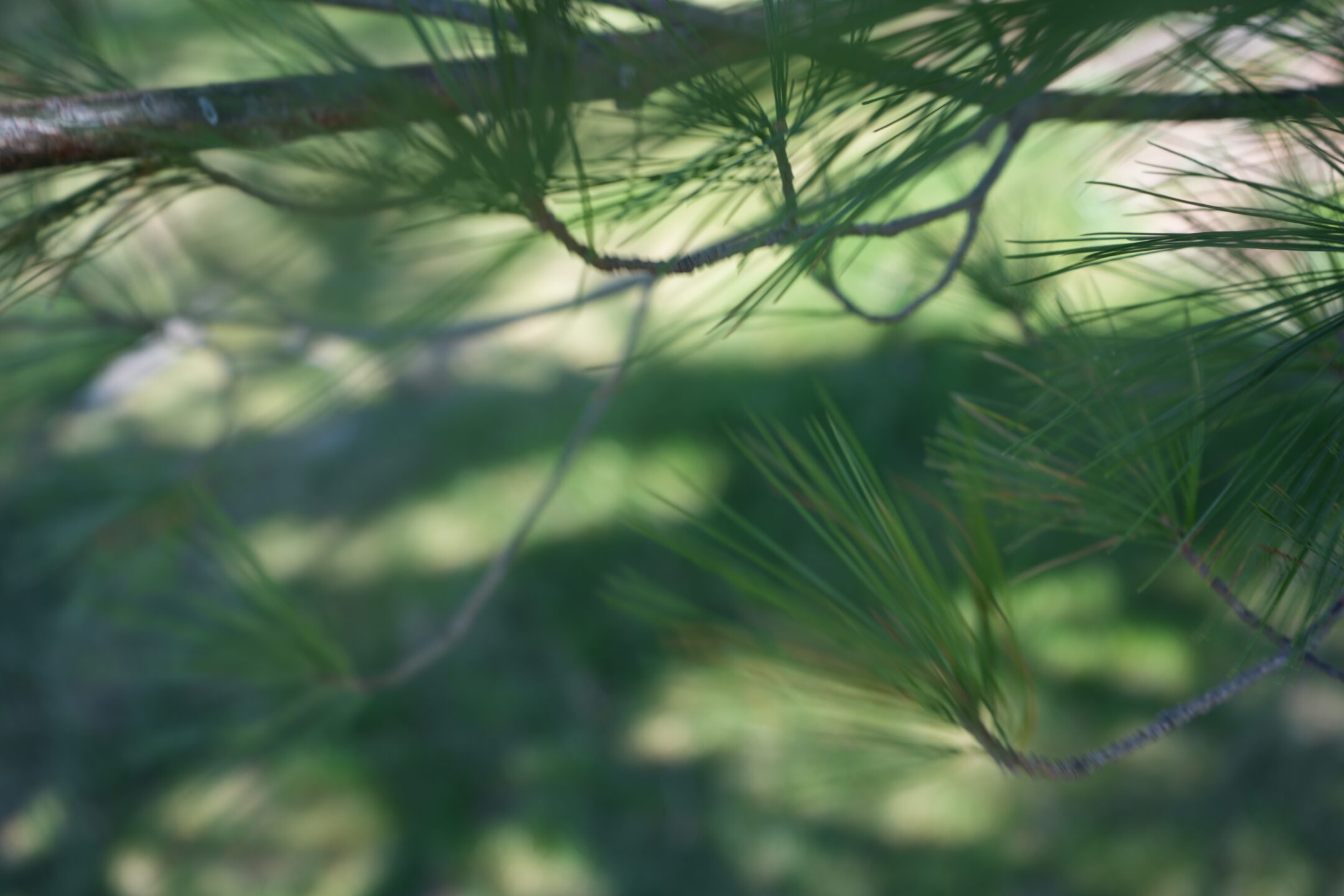Looking to See
“Even when you think that something seems commonplace, you may find profound things in it.”
— Alan Wanzenberg
Our senses are alive to the entire world around us. We are constantly taking in information from the sights, smells, sounds, and feelings that fill our everyday existence. Some things come and go, buzz by and buzz off; some things become white noise, so familiar to us that they fade into the background. But some things catch our attention—why? Is it that they are louder—visually, olfactorily, auditorily, or texturally—than everything else surrounding it?
Some people can tune a piano, or replicate a song, just by listening to it. They’ve spent so much time listening to music, listening to notes, listening to strums and silences, and picking them apart to read that they are now attuned to sound in a way that seems magical to anyone outside of that auditory realm. They can tell when a note is slightly off; they can mentally trace the rhythm of a new melody. They can do these things because this auditory language has become so familiar to them through repeated exposure and continual immersion in the world of sound.
You may constantly listen to the radio, but unless you are really listening, you are never going to reach this depth of attunement. This attunement does not come from passively listening, watching, feeling; it comes from giving active attention to the world around you. It comes from tuning in to the nuances that more often than not go unnoticed. It comes from truly looking, to see.
As creators, we should take in every aspect of the inspiring world around us—inspiration is constantly buzzing about, and comes from mysterious and unsuspecting places. To build visual acuity, however, we must continually immerse ourselves in the visual. We must look; but look actively.
Alan Wanzenberg came to visit us in our New York Gallery the other week, and while talking about the intersections between art, design, and textiles, he mentioned what remarkable visual acuity his creative partner Jed Johnson had, and held it in a place of admiration. “You could see it: he could be at a party and not remember anybody who was there, but he would remember the room that the party was in.” Jed not only had a great capacity for architectural design and detailing, but he was visually attuned. He was very studied, too, actually; but one wonders how much of his visual acuity came from studying books, and how much came from studying life.
To be a great creator, you have to grow and evolve your attunement to the world around you. You have to grow and evolve the way you look at art, the way you look at a tree, the way you look at a room. For some, this comes naturally. For others, it takes practice.
“The other thing is how you develop this visual acuity. What do you do? Talking to Jed, you just have to look at everything. It’s like training someone on anything, it’s always practice, practice, practice. Well, in the world we all inhabit as designers, it’s about looking, looking, looking. Even when you think that something seems commonplace, you may find profound things in it.”
What will you see?




